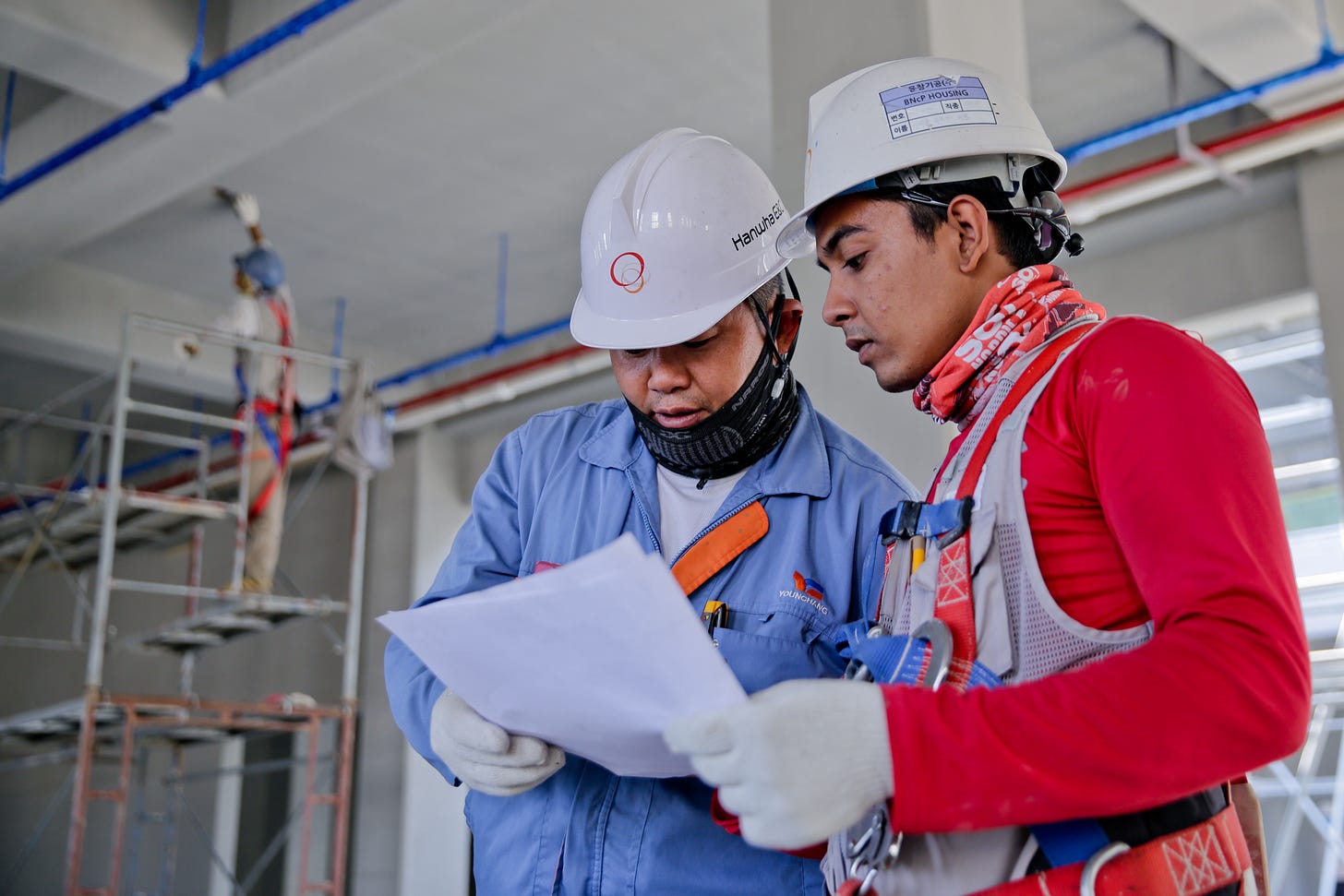Interpreting Safety across a Multi-Generational Workforce
In this post, learn how the different generations perceive safety instructions at the workplace.
It is tough enough to muster a favorable reaction while getting your message across to a similar age group of students in a classroom. Now imagine the challenges of communicating in a work environment spread across 4 generations - all of whom work differently, have varied values, expectations, and communication styles.

The generational gap at the workplace is real and poses a significant barrier when implementing safety objectives. To cut through disorienting perspectives and bridge the gap between generations, the key is to interpret how different age groups receive and process information, understand why they react in a certain way, and what are varying risks they can encounter.
Baby Boomers (1946-1964)
Baby Boomers are the OHS veterans that bank on their experience to navigate through any circumstances. While some of their processes seem outdated, Boomers play by the book, literally memorizing and sticking to OSHA regulations. While Boomers are a devoted bunch often staying late at work and always on the lookout for improvement, their aversion to adopting newer safety approaches keeps them entrenched with time-consuming paper-based safety processes.
Though their younger counterparts are more susceptible to workplace accidents, the impact can be more severe on a Baby Boomers due to their advanced age and health condition.
Gen X and Y (1965-1980)
Gen X and Y share similar characteristics in the way they are result-oriented and don’t mind achieving a goal independently to move up the corporate ladder. Although they can be cynical and resistant to authority, their prowess in following safety practices stems from their work-life balance that is very family and life-focused.
Gen X and Y are adaptive to innovative safety processes and new technologies – making them a more flexible group to communicate using faster online means.
Millennials (1980–2000)
The younger and exuberant group amongst the lot, Millennials are often stereotyped as arrogant yet their self absorbent nature is linked to their dependence on technology. Being tech-savvy is their defining characteristics and their propensity for instant gratification makes them fast learners who can multi-task work using multiple forms of technology.
Growing up in a generation of instant gratification, Millennials respond better to direct and brief messages devoid of non-verbal clues and can be accessible to them at any time and place using digitized safety software.
Mending the generational gap can be done through generational cooperation; which presents an opportunity for development at both ends of the spectrum. The millennial urge to find innovative means to solve problems and the older generation's experience can create a diverse safety program with more flexibility, greater feedback, and the ability to understand and play to the strength of each generation.
This post is also available on the Safetymint Blog. Visit our blog to gain valuable information on all safety-related topics.



